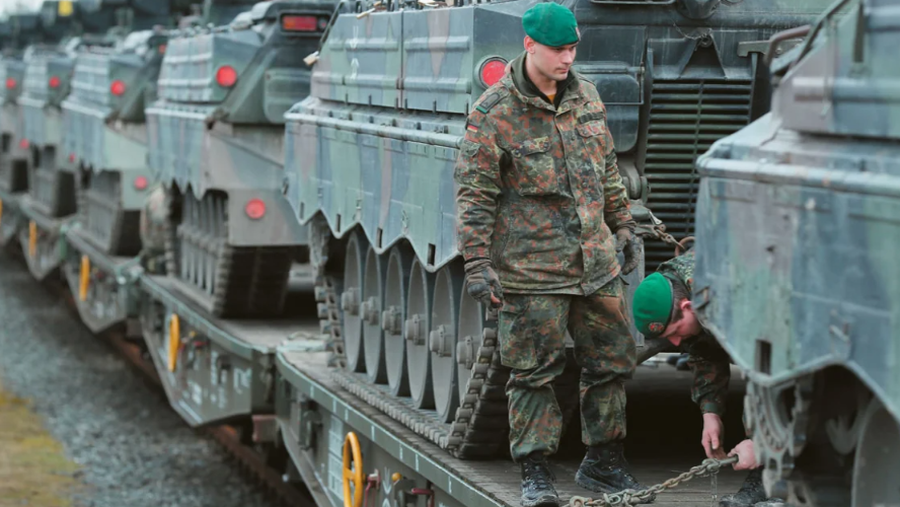
Europe is moving towards a "military Schengen" in order to ensure the ability to transport military equipment in the shortest possible time. The needs for transporting tanks, heavy vehicles and even medical equipment due to the war in Ukraine have shown that the cross-border permits and bureaucratic procedures required today have delayed such transfers by up to three weeks, a time that could be fatal in times of crisis. The aim, through the "military Schengen", is to reduce the three weeks to two to three days.
Europeans' fear of Russia brings the military mobility program to the forefront of the Union's planning for the coming years, as the key to preventing any danger.
Cross-border permits
The cross-border permit includes the infrastructure and means (such as special tank wagons, heavy vehicles and medical vehicles) necessary to enable the transport of troops and military equipment to Europe - quickly, smoothly and on a large scale. In this context, from the budget of 1.7 billion euros in the first program, the new budget is expected to allocate 17 billion euros.
The program will be managed by Greek Commissioner Apostolos Tzitzikostas, and the fact that the money to be allocated is ten times greater shows the importance the EU attaches to this program.
Europe has discovered that it needs a network of roads, railways, ports and airports that meet both the needs of citizens and military specifications - to cope, for example, with large and overweight vehicles. To a large extent, this does not involve building entirely new infrastructure, but rather adapting existing ones for dual use, military and political, with civilians as their primary users.
However, beyond infrastructure projects, the aim of the program is to extend the free movement of people and goods between member states to military mobility, as current bureaucracy significantly delays such movements.
Often, this occurs due to the transportation of hazardous materials or large shipments that require time-consuming inspections.
"We must simplify these procedures. We want member states to commit to providing diplomatic clearance within three working days. The Armed Forces must have priority access to infrastructure and assets, both in crisis and in peacetime," it is emphasized.
This specific program is the mainstay of EU-NATO cooperation and gains greater importance following the commitment last June, at the Alliance Summit in The Hague, that states will invest 5% of their GDP in Defense by 2035.
As EU sources point out: “In 2017, the EU conducted a military exercise that highlighted various weaknesses. This led to the creation of the first budget line for military mobility of 1.7 billion euros. They were allocated to 95 projects, in 21 countries. Since then, the world has changed. War, aggression, hostile actions have returned to our continent. The current geopolitical situation requires that EU member states and allied forces be able to react quickly and massively to crises that erupt in Europe and beyond.”
Four corridors
Together with NATO, the European External Action Service and the EU Military Staff, the Transport Committee has developed four priority corridors for military mobility. The next step is to improve the infrastructure of these dual-use corridors.
There is now a priority list of more than 500 projects across the EU, out of a total of 2,800 proposed by member states. The list has been discussed with military experts from NATO and the EU Military Staff, who have indicated the main military priorities. The projects include strengthening bridges, expanding tunnels, adding bypass lines, expanding ports and airports and developing convoy support centres. Funding will be based on their maturity for implementation and there is no quota per country. (A2 Televizion)











